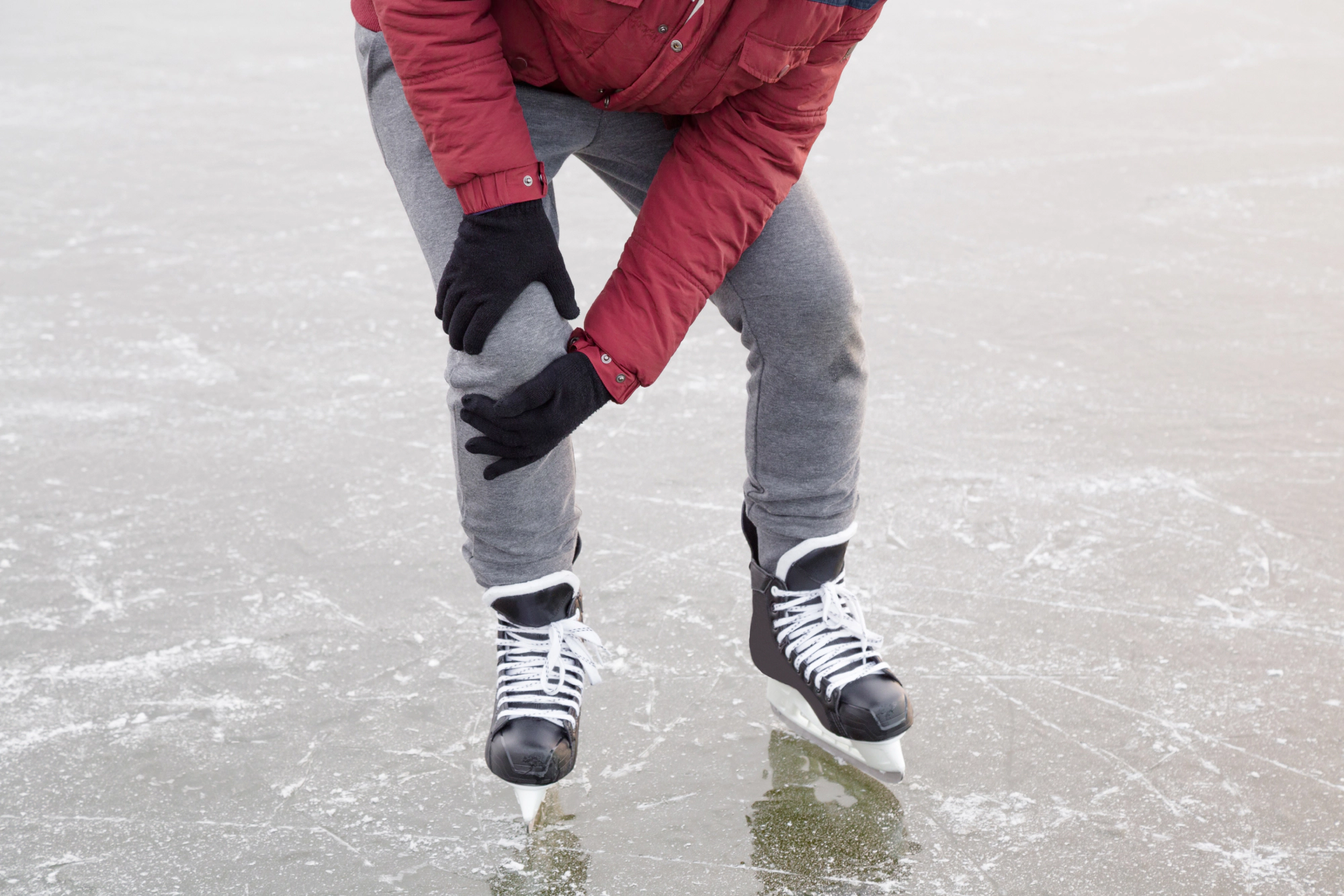
Colorado is the place to be if you are looking to ski, snowboard, or sled — however, it’s important to be aware of common winter sports injuries and how you can avoid them. Before you break out the ice skates or plan that ski trip, the emergency medical staff at Complete Care in Colorado Springs want to spread more winter health tips by sharing what the most common winter injuries are and how you can have a safe, action-packed winter.
Are injuries more common in the winter?
If you’ve ever gotten hurt during the colder months, you may have wondered why do injuries hurt more in the winter? Colder temperatures require your body to use more energy to keep you warm, slowing your body’s ability to function properly in the process. Because of this, your muscles and ligaments can lose elasticity, making straining, spraining, and pulling muscles easily a common problem in the winter. This is another reason why people tend to have more shoulder and neck pain due to cold weather. It’s also crucial to note that your injuries will heal more slowly during this time of year.
Your body is more vulnerable in the cold winter months, so it’s important to take extra steps to take care of it if you are going to be active. Here are common winter sports injuries and the steps you can take to prevent winter sports injuries in Colorado.
Common winter sports injuries we treat
1. Knee injuries
Winter sports such as skiing or snowboarding put a lot of pressure on your knees to keep you stable. In cold weather, the ligaments that surround your knees are less lubricated, making your knees more susceptible to injuries. If you don’t stretch beforehand or take frequent breaks, you can risk tearing your ligaments, dislocating your joints, or even fracturing your kneecap. Be sure to hydrate and warm up your leg muscles properly before hitting the slopes.
2. Limb injuries
Shoulders, arms, elbows, ankles…every joint or limb on your body is more susceptible to injury when participating in winter sports. Why? Because fast-paced winter sports such as hockey, skiing, snowboarding, and sledding usually take place on slippery ice and snow, you run the risk of slipping and falling or colliding with others or objects. These accidents can result in dislocated shoulders, overextended or strained elbows, and twisted or sprained ankles.
Remember, cold temperatures can impair your body’s healing functions so it is likely you won’t recover as quickly from these injuries. Be sure to warm up your muscles before you put on any equipment, ensure that your equipment is safe and properly secured, and watch where you are going at all times.
3. Concussions or other head and neck injuries
Winter sports are all about speed. Whether your feet are strapped into a pair of skis or ice skates, you are moving at an incredibly fast pace during these types of activities. If you happen to fall or collide with something while moving at top speed, the force will be much greater and much more impactful on your body. Ouch.
For example, hockey players may leave the rink with a broken jaw and missing teeth while a snowboarder may take a nasty fall and end up with a concussion.* The high-octane nature of winter sports makes severe injuries such as concussions or other head and neck injuries all the more probable. This is why most winter sports injury prevention guides will insist that all athletes wear protective head and mouth gear to protect these vulnerable areas.
*Should I go to the ER for a concussion? Absolutely. Concussions and other head and neck injuries should be treated as medical emergencies and be treated as soon as possible.
4. Frostbite
The term “frostbite” seems so extreme that most people think it could never happen to them…but it can. Human skin is not equipped to be exposed to extremely cold temperatures or heavy winds for long periods of time. If you are outdoors participating in winter sports without proper garments to keep yourself warm — especially gloves — you risk developing frostbite, where the skin and underlying tissues begin to freeze.
In minor cases, frostbite can heal on its own by simply warming the affected area — but more severe cases warrant a trip to the emergency room. Be sure to wear the appropriate garments when out in the cold and don’t stay outdoors for too long. Take frequent breaks to warm yourself up before hitting the slopes again.
Complete Care is there for your common winter sports injuries
Winter sports are an essential part of Colorado’s culture! While they’re fun and exhilarating, they can also be dangerous if you’re not careful. Luckily, Complete Care in Colorado Springs has a 24/7 emergency room and urgent care facility that can aid you in any winter sports-related emergency. If you or a loved one suffers from a common winter sports injury this season, don’t hesitate to head into one of our facilities. Our medical staff will take complete care of you and have you back at it in no time.
More Helpful Articles by Complete Care:
